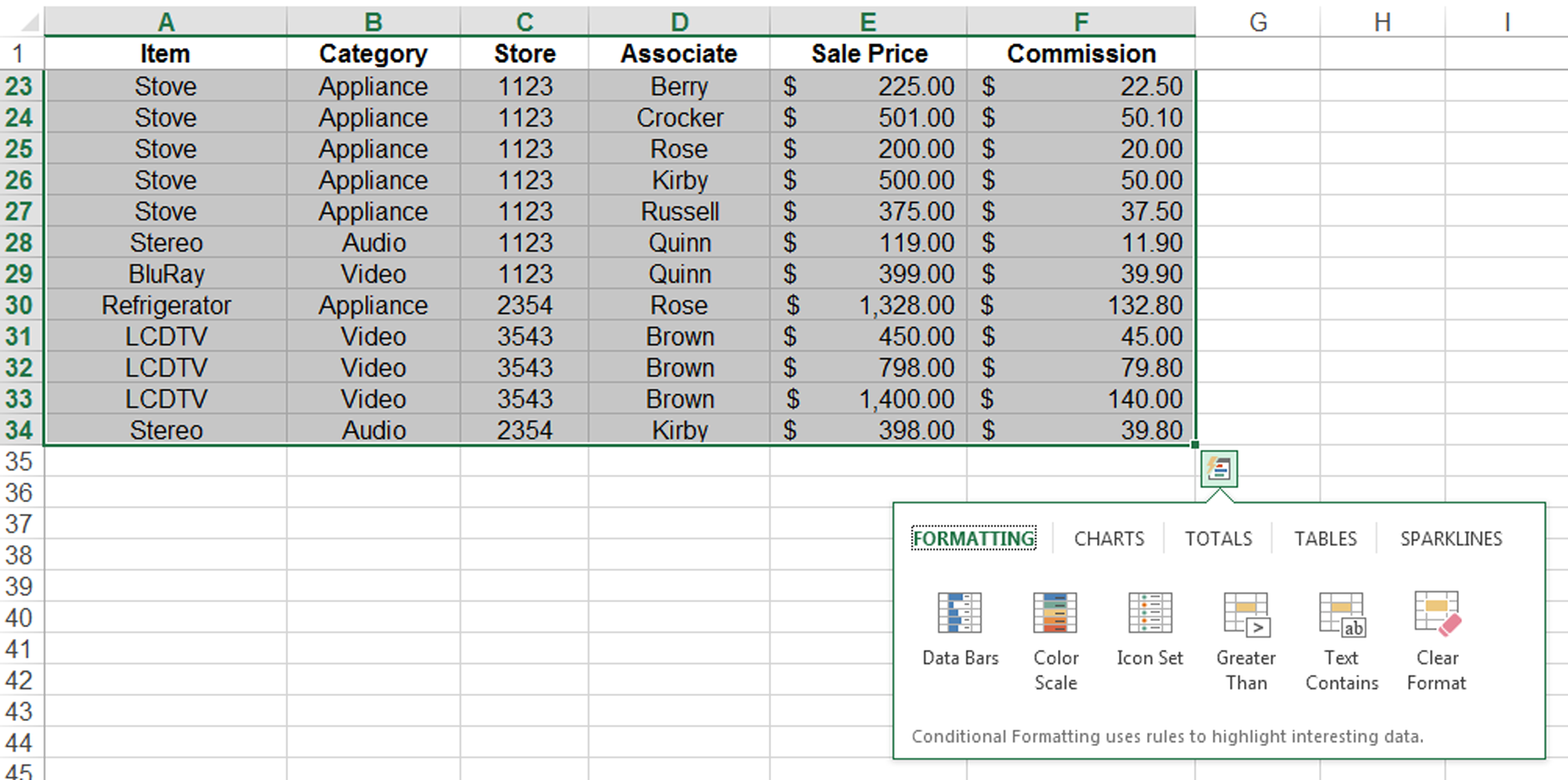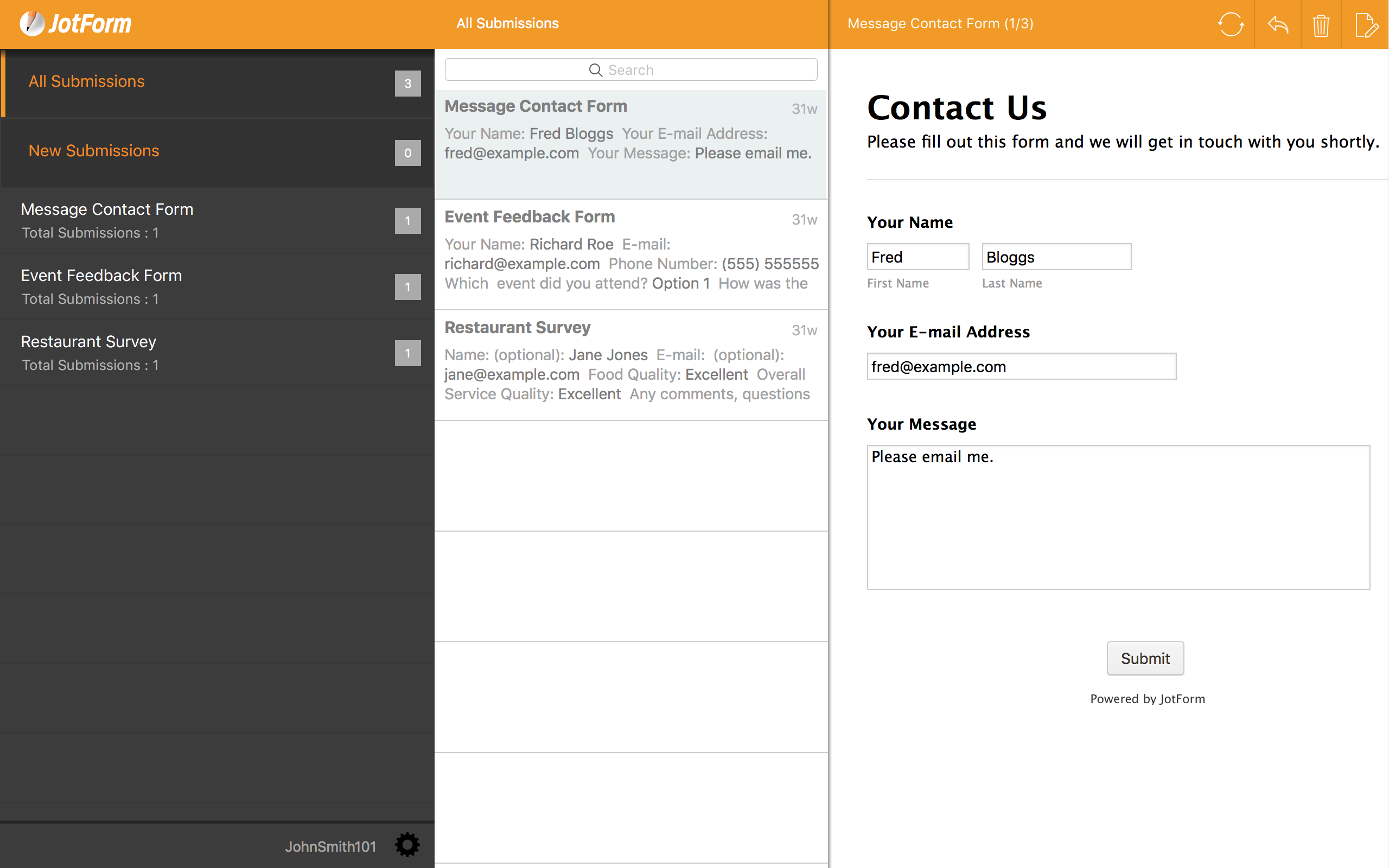Since the release of Excel 2016 for Mac, customers have given great feedback about its ease of use and the benefits of the new features. We want to highlight the Excel 2016 for Mac features that customers rave about and share some tips and tricks that could save you a ton of time using the most powerful spreadsheet and data analysis tool on the Mac platform.
1. Recommended Charts
Hi all, I'm trying to find the QUICK ANALYSIS tool in my Excel on mac version 15.14. I can't seem to find it. I have the data analysis tool but this in NOT what i'm looking for. I want to find the Quick analysis tool which is supposed to appear when you sele. Since the release of Excel 2016 for Mac, customers have given great feedback about its ease of use and the benefits of the new features. We want to highlight the Excel 2016 for Mac features that customers rave about and share some tips and tricks that could save you a ton of time using the most powerful spreadsheet and data analysis tool on the.
Choosing a chart type to best represent your data is often challenging. Let Recommended Charts take some of the pain away. This feature allows you to see how selected data would be visualized on a variety of chart types before committing to one in particular. To see a collection of suggested chart types, select a cell in the range of data you want to visualize, and then on the ribbon, under the Insert tab, click Recommended Charts.
2. Formula Builder
- To use the Quick Analysis tool: Select the cells of data that you want to analyze. Notice the Quick Analysis Tool icon that is displayed at the bottom of the data. Roll over each option in the Quick Analysis gallery to see a preview. To select an option, click it.
- Edit Article How to Use Quick Analysis in Excel 2013. Excel is great for analyzing data, but the right tools can be hard to find and use. In Excel 2013, the new Quick Analysis button allows you to instantly access and easily apply the most commonly used tools for analyzing your data, whether it be conditional formatting, inserting charts and totals, creating tables, etc.
- Quick analysis tool. Please have a quick analysis tool in mac. I am doing an Excel based course for my degree and there is a whole section for quick analysis but i.
If you’ve ever had trouble remembering Excel functions or syntax, the new Formula Builder makes it easy. With the Formula Builder in Excel 2016 for Mac, building formulas just got simpler. It allows you to search and insert a function, add data to defined function arguments, and get help on any function. To access the Formula Builder, simply click the fx button on the Formula bar or press Shift+F3.
Here we take an example to show the Quick Analysis tool feature in Excel 2013. Step 1: Open the Microsoft Excel 2013 Preview. Step 2: Open a new Workbook. Step 3: Here we create a data table. Step 4: After creating the table, select the table. You will be shown a popup button at the bottom-left side. Click on the Quick Analysis button.
3. Chart Formatting task pane
Excel 2016 for Mac offers a rich set of features that make creating and customizing charts simpler and more intuitive. One part of this fluid new experience is the Formatting task pane. The new Formatting task pane is the single source for formatting—all of the different styling options are consolidated in one place. With this single task pane, you can modify not only charts, but also shapes and text in Excel!
To use the Formatting task pane, on the ribbon under the Format tab, click the Format Pane button or press Cmd+1 while a chart element is selected.

4. PivotTable slicers
Slicers enable you to filter the data in a PivotTable report. It contains a set of buttons allowing you to find the items that you want to filter without the need to open drop-down lists. Creating a slicer is easy—just select the PivotTable you want to filter, and then on the ribbon, under the PivotTable Analyze tab, click the Insert Slicer button. To filter the PivotTable data, simply click one or more of the buttons in the slicer.

5. Data Analysis ToolPak
Still looking for the Data Analysis ToolPak in Mac Excel? It’s finally here! Data Analysis ToolPak is an Excel add-in that helps develop complex statistical or engineering analyses. You provide the data and parameters for each analysis, and the tool uses the appropriate statistical or engineering macro functions to calculate and display the results in an output table. Some tools generate charts in addition to output tables.
To enable this add-in, under the Tools menu, click Add-Ins, select Data Analysis ToolPak and then click OK. The Data Analysis ToolPak is now on the ribbon under the Data tab.
6. More (or new) keyboard shortcuts
When building Office 2016 for Mac, one of our key objectives was to make it as easy as possible to transition from using Office for Windows to using Office for Mac and back again. That’s why you’ll notice an interface consistent with Office 2016 for Windows and why we added support for virtually all of the Windows Excel keyboard shortcuts. Windows users will rejoice that Windows key assignments like Ctrl+O for Open, Ctrl+F for Find and Ctrl+C for Copy now also work in the Mac version—no need to remember to press Cmd instead of Ctrl. If you want to clear the content of the selected cell or range, just press the delete key. This even works on your Mac laptops, where delete is actually the backspace key. Some popular shortcut keys are listed below; a complete list can be found here.
Note that if a function key doesn’t work as you expect, then press the fn key in addition to the function key. If you don’t want to press the fn key each time, you can change your Apple system preferences:
- Go to Apple > System Preferences > Keyboard.
- On the Keyboard tab, select the Use all F1, F2, etc. as standard function keys
If you want to customize a keyboard shortcut, you can refer to the steps in this article: Create a custom keyboard shortcut for Office 2016 for Mac.
7. New functions in Excel 2016 for Mac
We worked hard to ensure your workbook is compatible and works seamlessly across platforms as often as possible. In Excel 2016 for Mac, we’ve added almost all new formula functions in Excel 2013 from the Windows platform. Why not have a try on the Arabic function (for example, try =ARABIC(“LVII”)) and see what you get.
Note that the WebService, EncodeURL and FilterXML functions are not available yet in Excel 2016 for Mac.
8. Get data using SQL Server ODBC
Say goodbye to having to use third party drivers before connecting to external data in Excel for Mac. Excel 2016 for Mac comes with a pre-installed and integrated SQL Server ODBC driver that supports ODBC data connections with SQL Server and Azure SQL Database right out of the box. It also has a brand new Microsoft Query (MSQuery) and Connection Manager to make creating and managing all of your data connections easier and more consistent with Windows. For more details, check out this blog post: Working with external data in Excel 2016 for Mac.
What do you think?
We just went through the basics of the new features available in Excel 2016 for Mac. Try them out for yourself and share your ideas for other features and improvements you’d like us to change or improve in Excel 2016 for Mac.
If you need to develop complex statistical or engineering analyses, you can save steps and time by using the Analysis ToolPak. You provide the data and parameters for each analysis, and the tool uses the appropriate statistical or engineering macro functions to calculate and display the results in an output table. Some tools generate charts in addition to output tables.
The data analysis functions can be used on only one worksheet at a time. When you perform data analysis on grouped worksheets, results will appear on the first worksheet and empty formatted tables will appear on the remaining worksheets. To perform data analysis on the remainder of the worksheets, recalculate the analysis tool for each worksheet.
Click the File tab, click Options, and then click the Add-Ins category.
If you're using Excel 2007, click the Microsoft Office Button , and then click Excel Options
In the Manage box, select Excel Add-ins and then click Go.
If you're using Excel for Mac, in the file menu go to Tools > Excel Add-ins.
In the Add-Ins box, check the Analysis ToolPak check box, and then click OK.
If Analysis ToolPak is not listed in the Add-Ins available box, click Browse to locate it.
If you are prompted that the Analysis ToolPak is not currently installed on your computer, click Yes to install it.
Note: To include Visual Basic for Application (VBA) functions for the Analysis ToolPak, you can load the Analysis ToolPak - VBA Add-in the same way that you load the Analysis ToolPak. In the Add-ins available box, select the Analysis ToolPak - VBA check box.
Note: The Analysis ToolPak is not available for Excel for Mac 2011. See I can't find the Analysis ToolPak in Excel for Mac 2011 for more information.
Follow these steps to load the Analysis ToolPak in Excel 2016 for Mac:
Click the Tools menu, and then click Excel Add-ins.
In the Add-Ins available box, select the Analysis ToolPak check box, and then click OK.
If Analysis ToolPak is not listed in the Add-Ins available box, click Browse to locate it.
If you get a prompt that the Analysis ToolPak is not currently installed on your computer, click Yes to install it.
Quit and restart Excel.
Now the Data Analysis command is available on the Data tab.
I can't find the Analysis ToolPak in Excel for Mac 2011
There are a few third-party add-ins that provide Analysis ToolPak functionality for Excel 2011.
Option 1: Download the XLSTAT add-on statistical software for Mac and use it in Excel 2011. XLSTAT contains more than 200 basic and advanced statistical tools that include all of the Analysis ToolPak features.
Go to the XLSTAT download page.
Select the XLSTAT version that matches your Mac OS and download it.
Follow the MAC OS installation instructions.
Open the Excel file that contains your data and click on the XLSTAT icon to launch the XLSTAT toolbar.
For 30 days, you'll have access to all XLSTAT functions. After 30 days you will be able to use the free version that includes the Analysis ToolPak functions, or order one of the more complete solutions of XLSTAT.
Option 2: Download StatPlus:mac LE for free from AnalystSoft, and then use StatPlus:mac LE with Excel 2011.
You can use StatPlus:mac LE to perform many of the functions that were previously available in the Analysis ToolPak, such as regressions, histograms, analysis of variance (ANOVA), and t-tests.
Visit the AnalystSoft Web site, and then follow the instructions on the download page.
After you have downloaded and installed StatPlus:mac LE, open the workbook that contains the data that you want to analyze.
Open StatPlus:mac LE. The functions are located on the StatPlus:mac LE menus.
Important:
Excel 2011 does not include Help for XLStat or StatPlus:mac LE. Help for XLStat is provided by XLSTAT. Help for StatPlus:mac LE is provided by AnalystSoft.
Microsoft does not provide support for either product.
Remove Quick Analysis Tool In Excel
Need more help?
Quick Analysis Tool In Excel
You can always ask an expert in the Excel Tech Community, get support in the Answers community, or suggest a new feature or improvement on Excel User Voice.